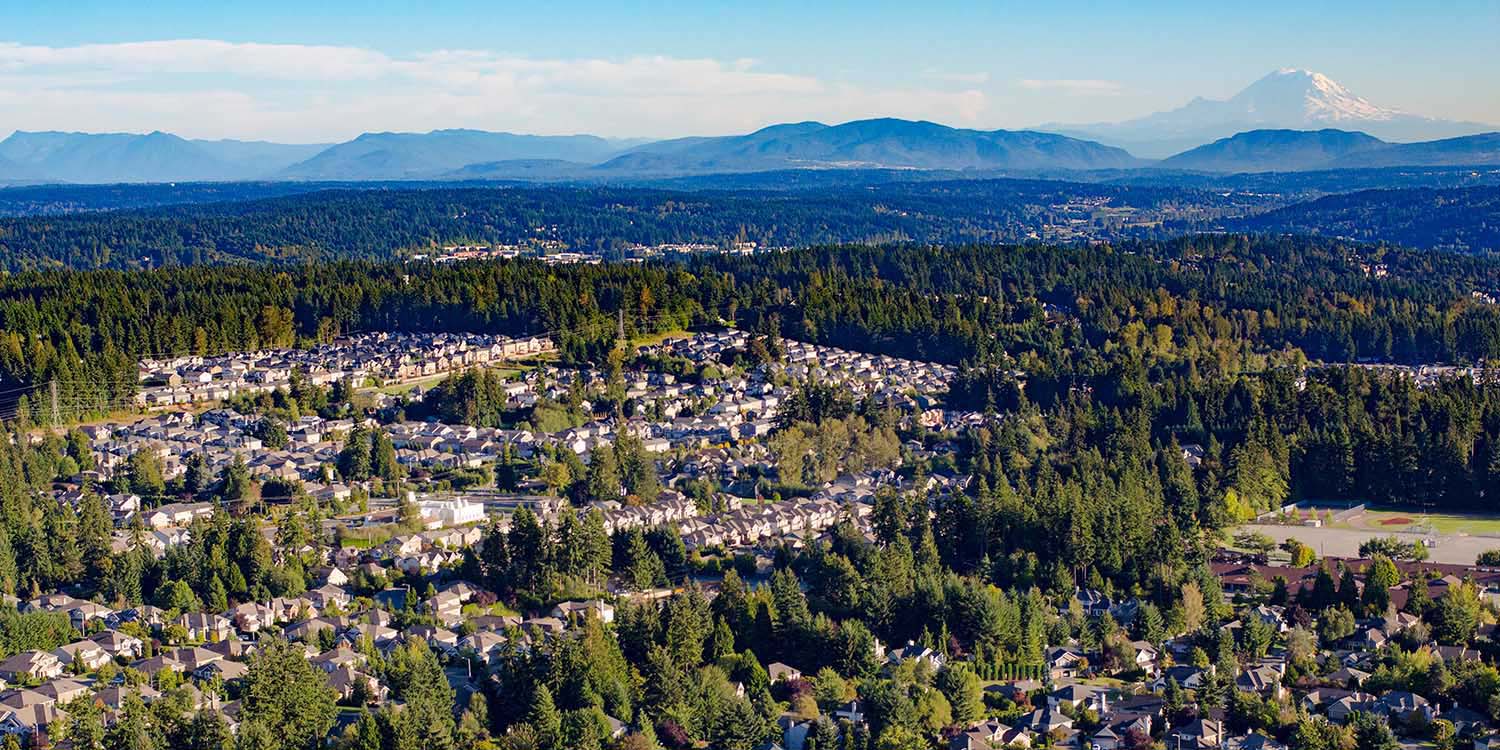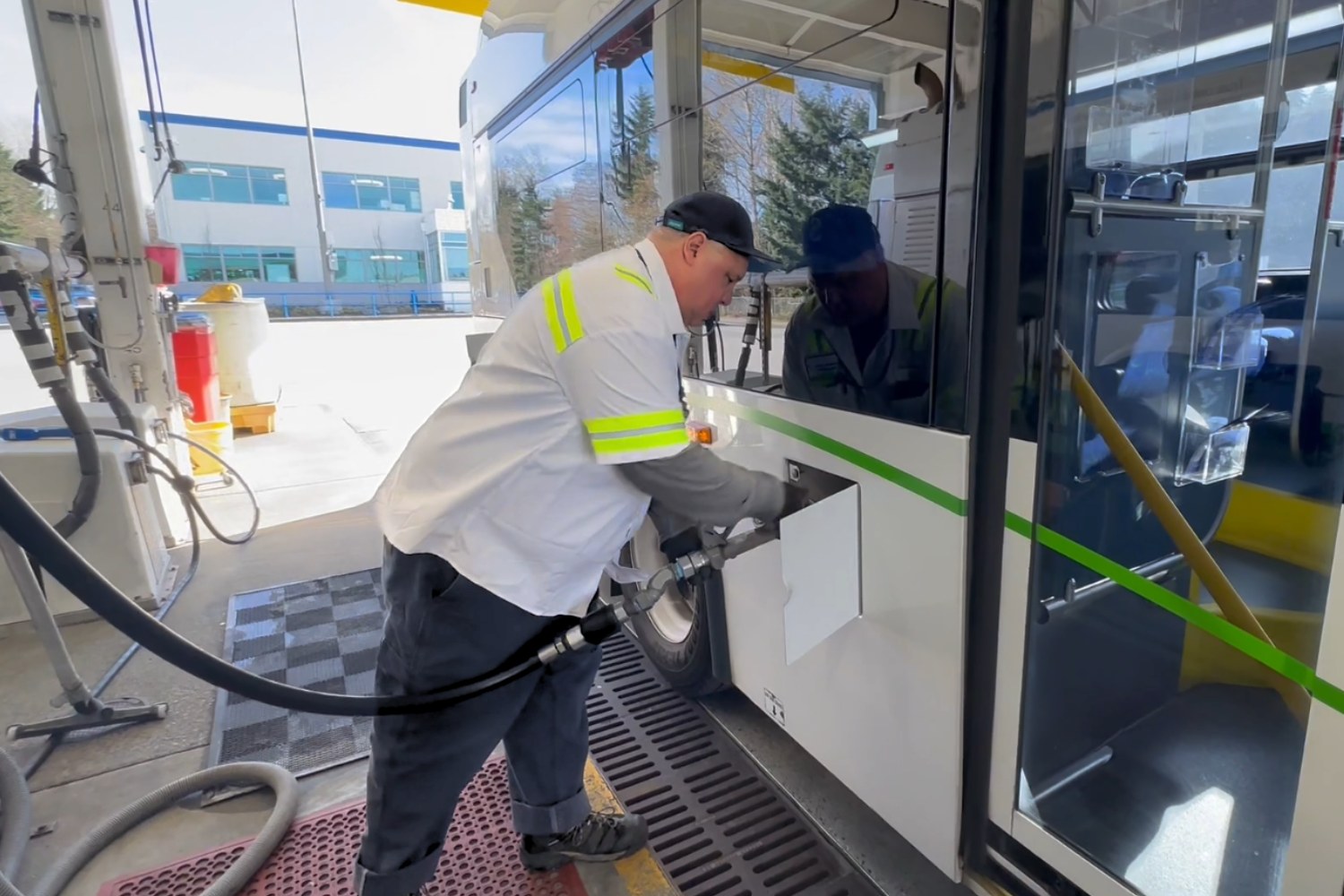Getting around Mill Creek with Community Transit

Community Transit is here to get you where you want to go. We are proud to be a part of the Mill Creek community — we live here, ride here, and drive here. Wherever you need to go in Mill Creek feel good about how you get there.
About Mill Creek
Mill Creek has a variety of transit options. There are two Swift Bus Rapid Transit lines that run through Mill Creek. The Swift Green Line runs from Seaway to Canyon Park. The new Swift Orange Line, which runs from McCollum Park & Ride to Edmonds College, connects riders to Lynnwood Transit Center and Link Light Rail coming in fall of 2024 . People traveling to and from the area can connect with local transit options at three nearby transit hubs including Ash Way Park & Ride, Mariner Park & Ride, and McCollum Park & Ride. Mill Creek riders can find service through by Community Transit buses, DART paratransit service, and Vanpool. Sound Transit also provides service to local park & rides. North Creek Trail also offers nearby options for pedestrians and bikers.


